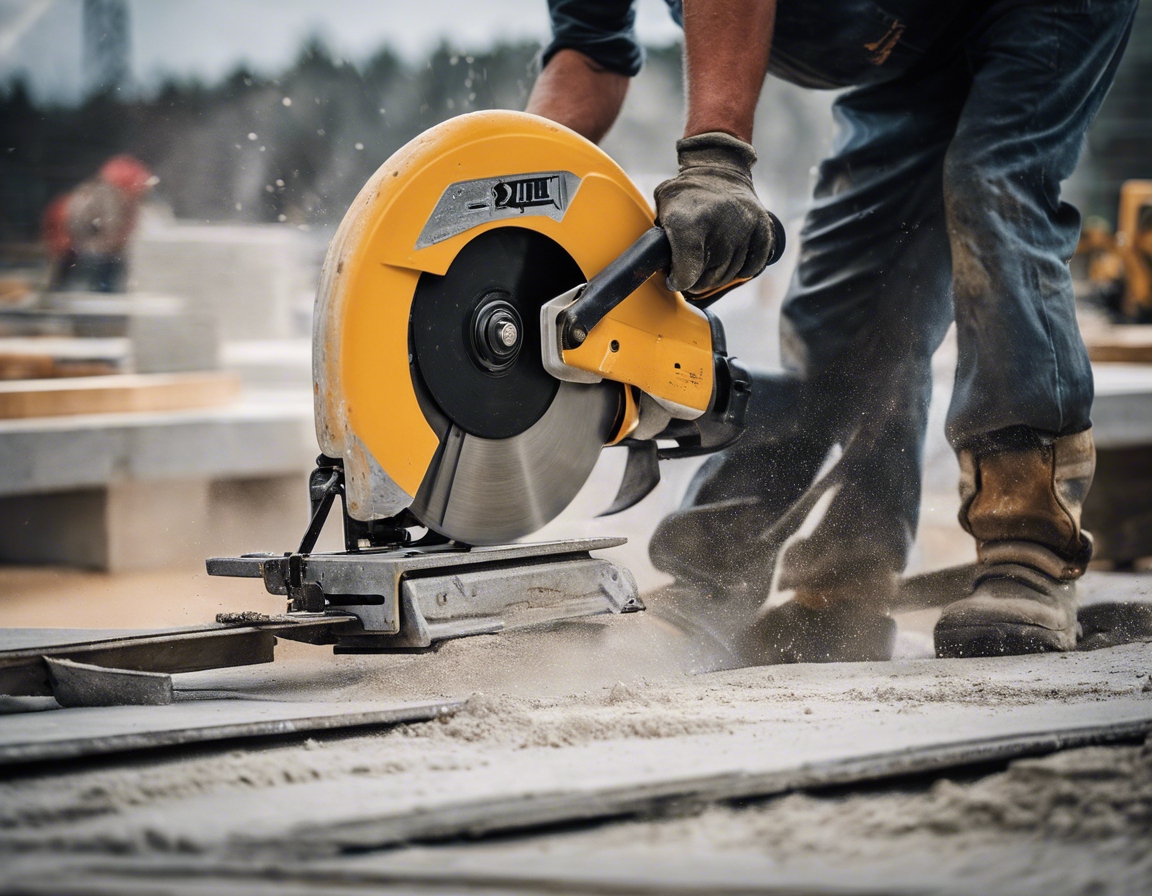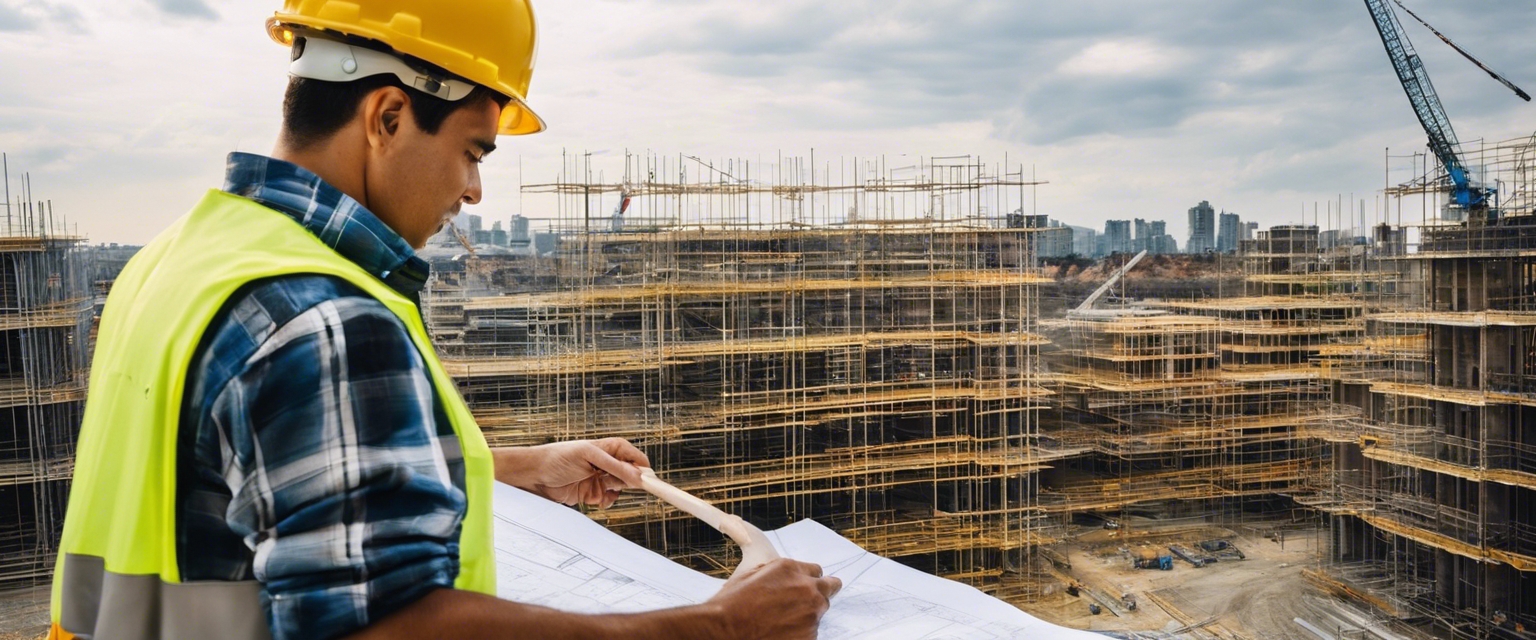Maximizing space: innovative sawing techniques for real estate
In the world of real estate development, efficient space utilization is not just a luxury; it's a necessity. With the increasing demand for urban living and commercial spaces, developers and contractors are constantly seeking innovative methods to maximize the utility of every square inch. Precision in construction is paramount, and that's where advanced sawing techniques come into play.
Urban construction presents unique challenges, such as limited space for expansion, the need to repurpose existing structures, and the demand for rapid development without compromising on quality. These constraints require a specialized approach to construction, particularly in the sawing and shaping of building materials.
Innovative Sawing Techniques
Precision sawing is at the forefront of space maximization. By employing exact cutting techniques, construction companies can ensure that every piece of material is used effectively, reducing waste and increasing the functional area of a property.
Wall sawing is a technique that allows for the creation of precise openings in concrete walls, which is essential for adding windows, doors, or even entire sections to a building. This method not only enhances the aesthetic appeal but also contributes to the practical expansion of usable space.
Floor sawing is another technique that can significantly impact the usable space within a building. By cutting into concrete slabs, contractors can install staircases, elevators, or additional levels, thereby optimizing the property's layout and functionality.
Wire sawing is a versatile technique ideal for cutting through thick and complex structures. It allows for the removal of large sections of material without causing damage to the surrounding areas, which is crucial when modifying existing buildings to create more space.
Technological Advancements in Sawing
The integration of automation and robotics into sawing has revolutionized the construction industry. These advancements enable precise and efficient cuts, reducing manual labor and the potential for human error, which is essential for projects with tight space constraints.
Laser-guided and GPS technologies have further enhanced the precision of sawing techniques. These tools allow for exact measurements and cuts, ensuring that every action taken contributes to the overall goal of space maximization.
Sustainable Sawing Practices
Targeted sawing techniques not only improve space efficiency but also promote sustainability. By making precise cuts, the amount of waste produced is significantly reduced, which aligns with the growing demand for environmentally responsible construction practices.
The byproducts of sawing, such as concrete dust and debris, can be recycled and repurposed, further contributing to sustainable construction efforts. This approach not only conserves resources but also reduces the environmental footprint of construction projects.
Integrating Sawing Techniques into Construction Planning
For maximum efficiency, sawing techniques should be integrated into the early stages of construction planning. Collaboration between designers, engineers, and sawing specialists ensures that the construction process is streamlined and that space maximization is considered from the outset.
Every construction project is unique, and as such, requires a tailored approach to sawing. Customized sawing solutions can address the specific needs of a project, ensuring that space is used to its fullest potential while maintaining structural integrity and aesthetic value.





Comments (0)